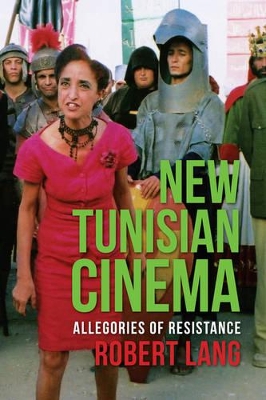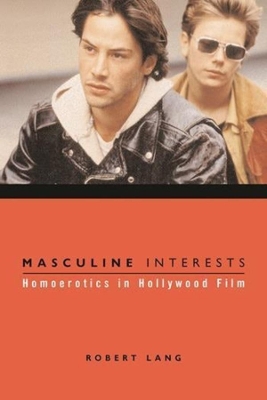Film and Culture
2 total works
Tunisian cinema is often described as the most daring of all Arab cinemas, a model of equipoise between East” and West” and the defender of a fierce, sovereign style. Even during the repressive regime that ruled Tunisia from 1987 to 2011, a generation of filmmakers produced allegories of resistance that defied their society’s increasingly illiberal trends. In New Tunisian Cinema, Robert Lang reads eight contemporary Tunisian films, many by some of the nation’s best-known directors, including: Man of Ashes (1986), Bezness (1992), and Making Of (2006) by Nouri Bouzid; Halfaouine (1990) by Férid Boughedir; The Silences of the Palace (1994) by Moufida Tlatli; Essaïda (1997) by Mohamed Zran; Bedwin Hacker (2002) by Nadia El Fani; and The TV Is Coming (2006) by Moncef Dhouib. He explores the political economy and social, historical, and psychoanalytic dimensions of these works and the strategies filmmakers deployed to preserve cinema’s ability to shape debates about national identity. These debates, Lang argues, not only helped initiate the 2011 uprising that ousted Ben Ali’s regime but also did much to inform and articulate the social, political, and cultural aspirations of the Tunisian people in the new millennium.
Until Masculine Interests not much had been written about men "as men" in the cinema. Now Robert Lang considers how Hollywood articulates the eroticism that is intrinsic to identification between men. He considers masculinity in social and psychoanalytic terms, maintaining that a major function of the movies is to define different types of masculinity, and to either valorize or criticize these forms. Focusing on several films-primarily The Lion King, The Most Dangerous Game, The Outlaw, Kiss Me Deadly, Midnight Cowboy, Innerspace, My Own Private Idaho, the Batman series, and Jerry Maguire-Lang questions the way in which American culture distinguishes between homosexual and nonhomosexual forms of male bonding. In arguing for a much more complex recognition of the homosocial continuum, he contends that queer sexuality is far more present in American cinema than is usually acknowledged.

